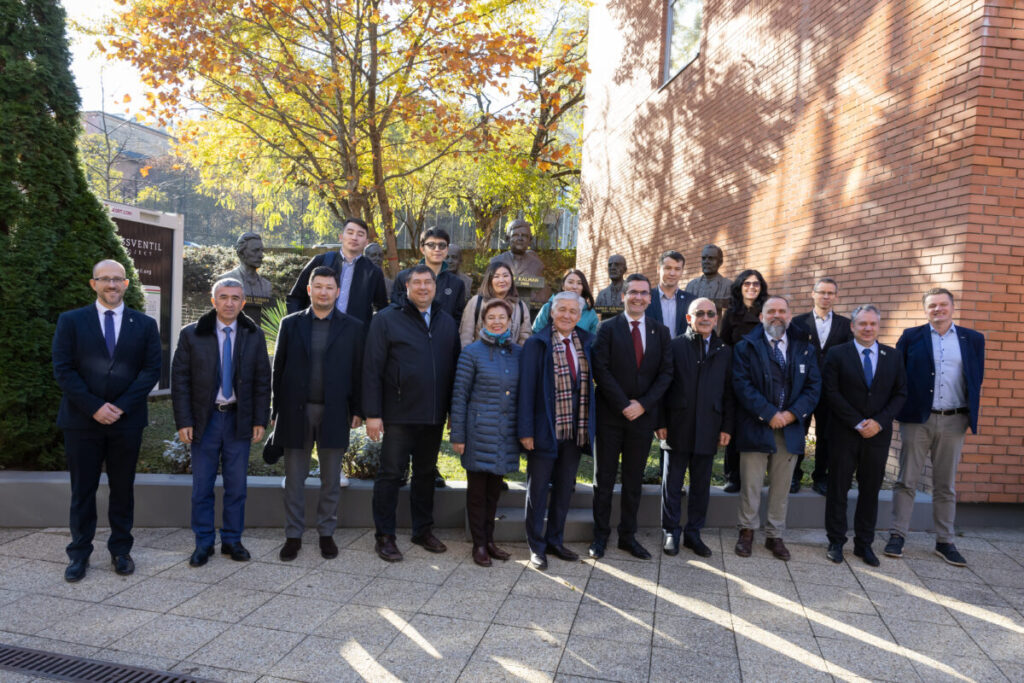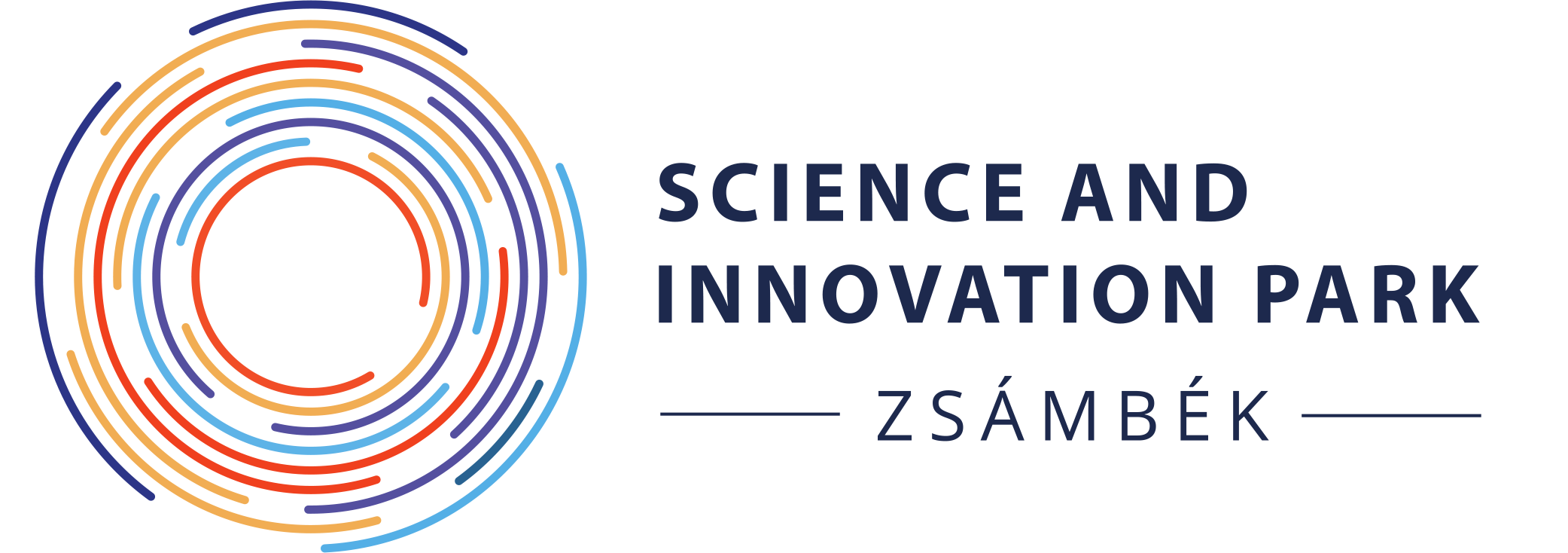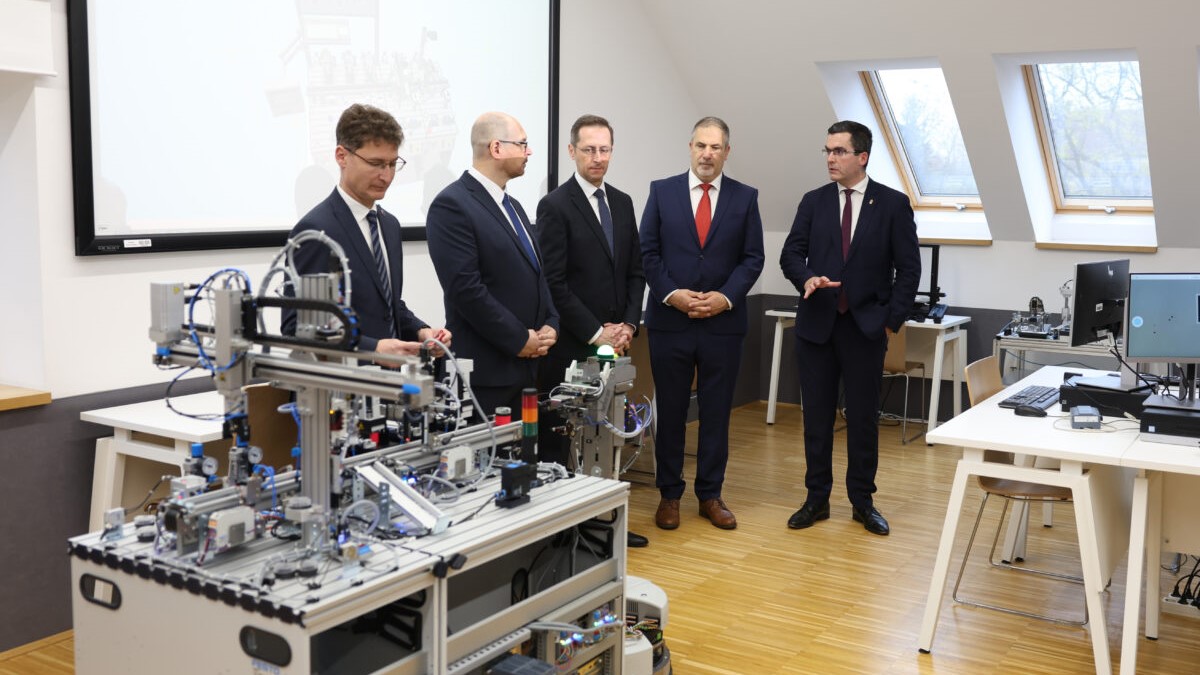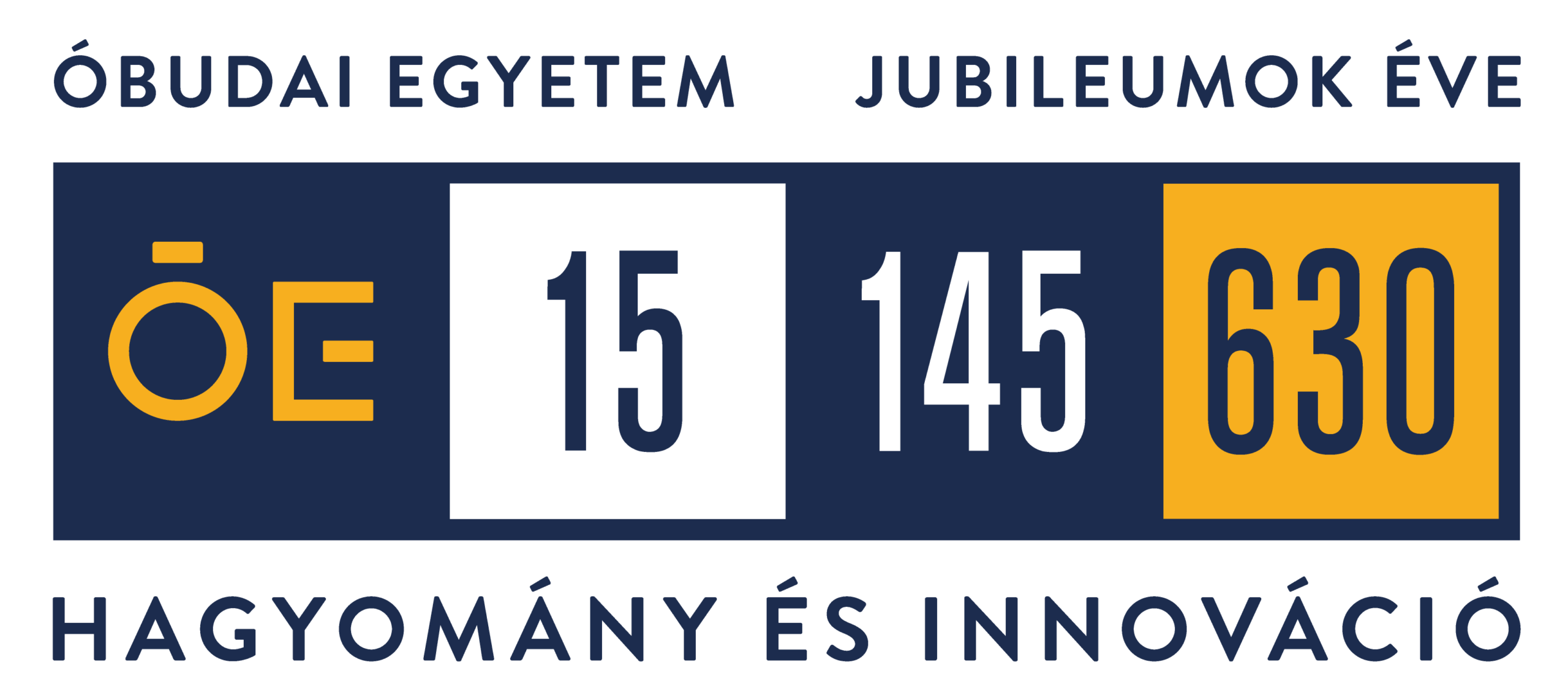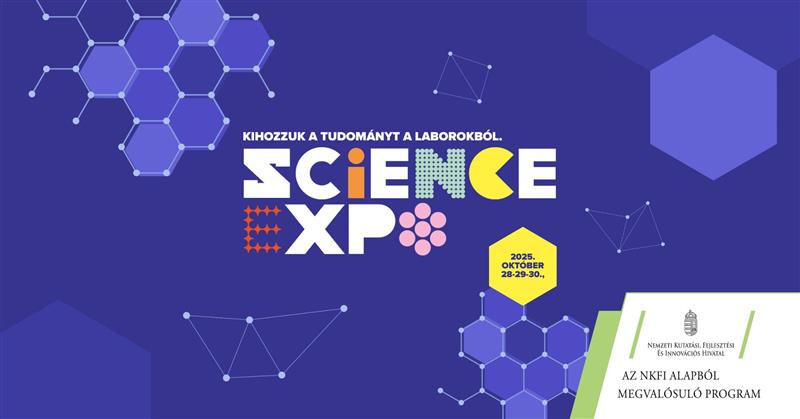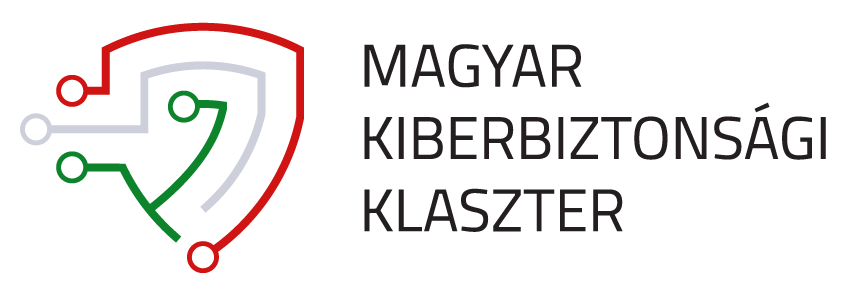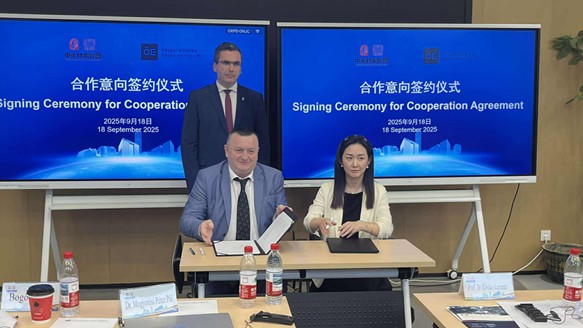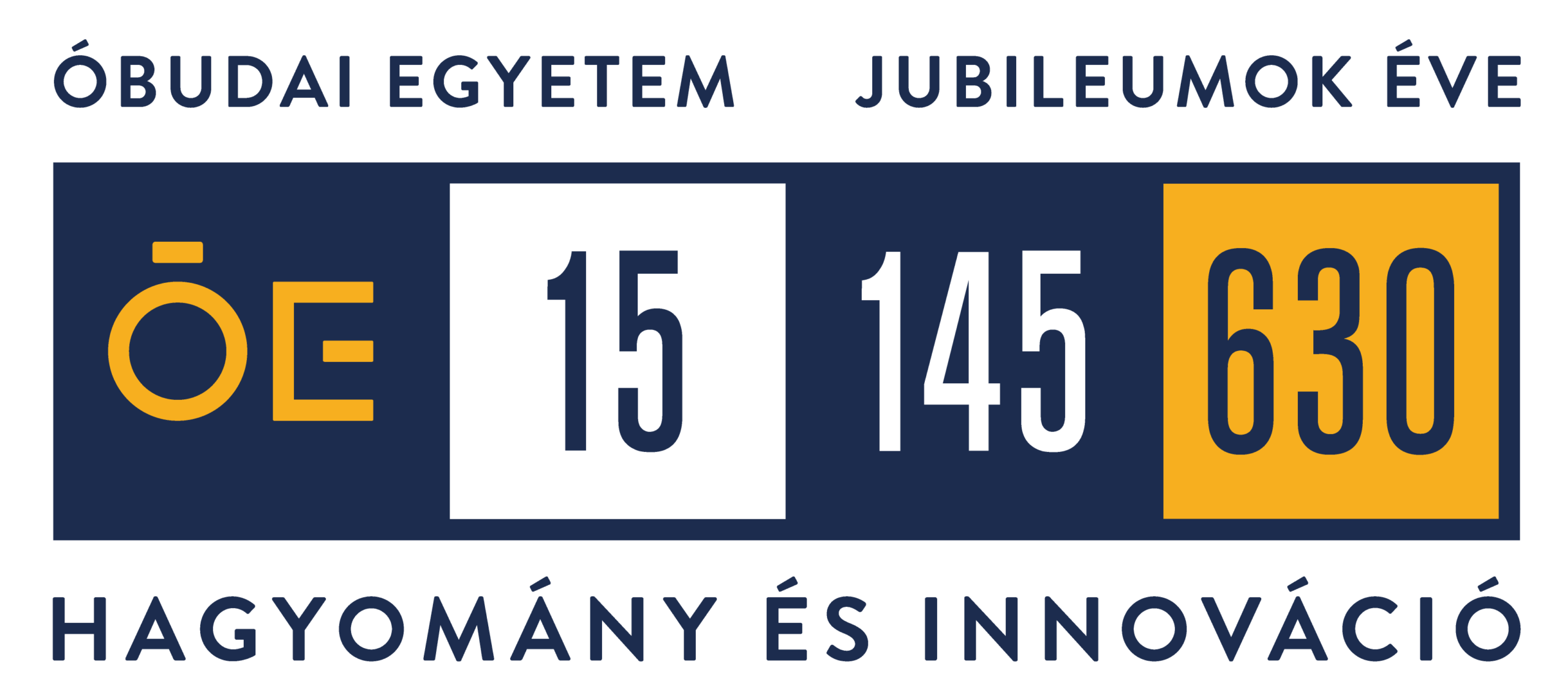Universities must be the engines of economic and social transformation – stated Minister of Finance Mihály Varga at the handover of the first phase of the Mechatronics Science and Innovation Park of Óbuda University in Székesfehérvár. On November 21 and 22, as part of the University Day series of events, the experts managing the projects reported on the launch of all three developments of ÓU, including the one in Székesfehérvár, Kaposvár and Zsámbék. Innovation management, an investor approach and increasingly close cooperation with economic actors are the defining pillars of the future of Óbuda University, and our science and innovation parks are also built on this – emphasized Rector Prof. Dr. Levente Kovács. The presentation of the Zsámbék project was attended by Zoltán Marczinkó, Minister of Finance, and the presentation of the Kaposvár project was attended by László Bódis, Minister of Culture and Innovation.
Óbuda University is implementing science and innovation parks in three cities, Székesfehérvár, Kaposvár and Zsámbék – he drew attention Prof. Dr. Levente Kovacs.
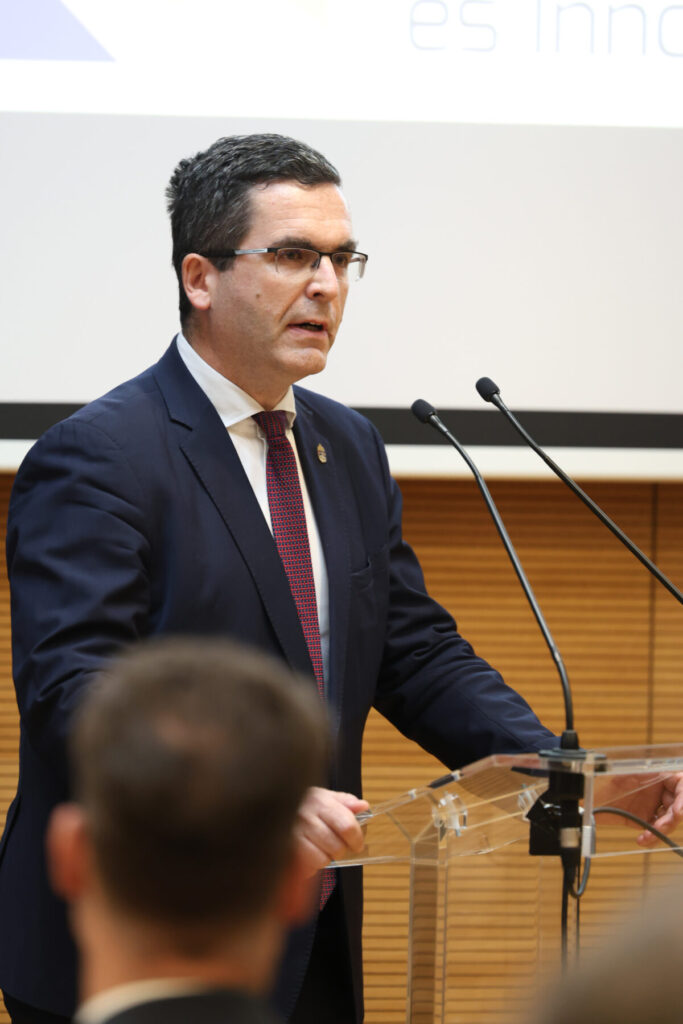
He said: the science parks of Óbuda University are intended to be implemented in the so-called “digital twin” concept. This means that the halls built at the investment site will be the creative workshops, and in addition, young, talented engineers graduating from the university will provide the knowledge and intellectual capital. In this way, the development ideas of Óbuda University are combined with the innovation goals driven by industrial players. Companies will order the possible ideas that will be implemented in the factory area under construction.
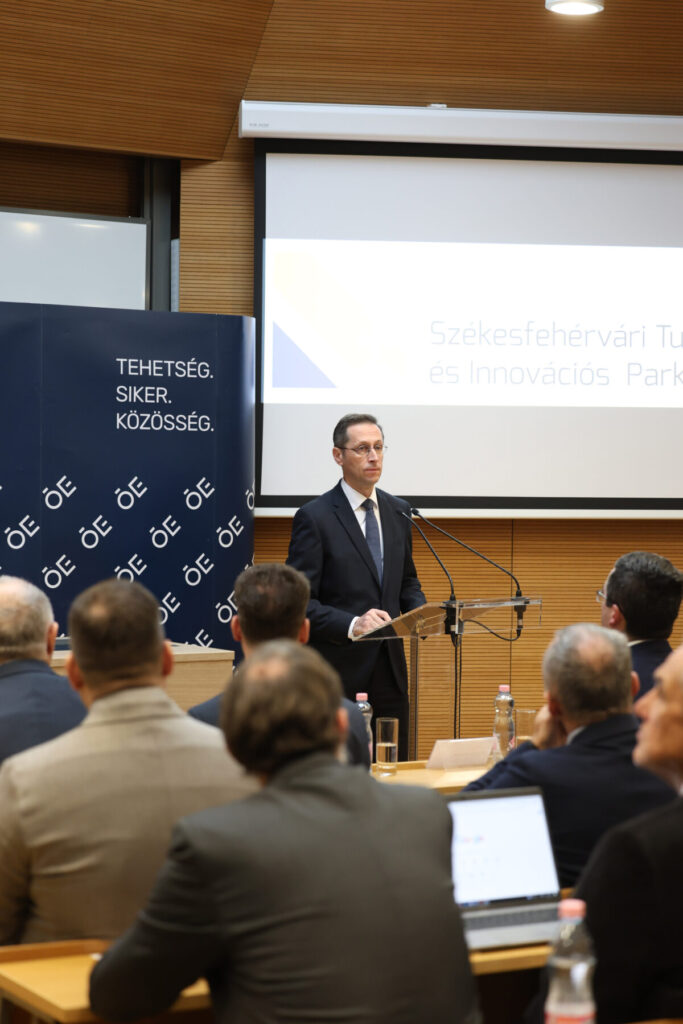
He said: the science parks of Óbuda University are intended to be implemented in the so-called “digital twin” concept. This means that the halls built at the investment site will be the creative workshops, and in addition, young, talented engineers graduating from the university will provide the knowledge and intellectual capital. In this way, the development ideas of Óbuda University are combined with the innovation goals driven by industrial players. Companies will order the possible ideas that will be implemented in the factory area under construction.
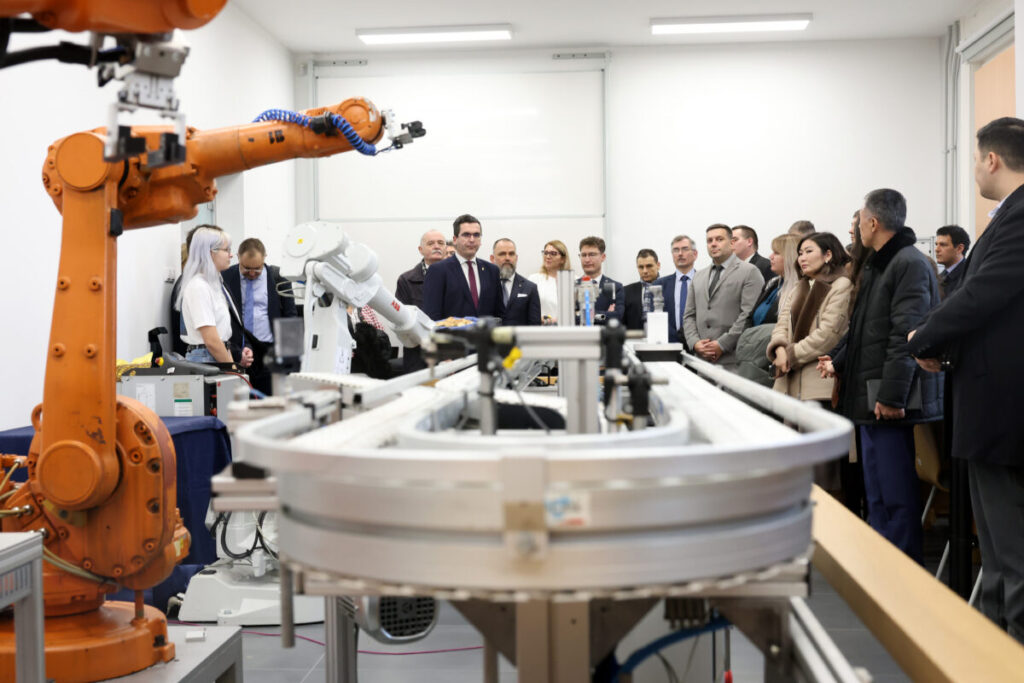
Mechatronics Science and Innovation Park — Székesfehérvár
As the first phase of the developments in Székesfehérvár, four laboratories were handed over on November 21st in the Alba Regia Faculty of Engineering (AMK), the Science Park's "S" and "C1" buildings, and the university's "F" building. Prof. Dr. György Györök, the dean of the AMK, said that 21 laboratories will be established in the entire network on the university's territory. The central element of the project is research and development and innovation based on cooperation with economic actors. The developments will be implemented with the involvement of local and regional economic actors until December 31, 2026.
The labs research, model, develop, and demonstrate Industry 4.0 processes, modern industrial technologies, and robotic and drone technology, among other things.
Purpose of the Industry 4.0 lab research and development of modern industrial technologies – presented by Zoltán Szilágyi. The goal is to make various technological solutions accessible to companies, to conduct and prepare case studies, tests, experiments. The lab integrates automation, mechatronics and IT knowledge. In addition to complex mechatronics stations, the lab's toolkit includes numerous tools for mobile robotics, image processing and industrial IT. The main research directions will be industrial IT, data acquisition, machine vision, sensor networks, sensor fusion and mobile industrial robotics.
The newly opened VR lab suitable for modeling and examining work in industrial environments and developing software for such VR environments – informed Aunt Dr. habil. Éva Hajnal. With the help of computer graphics, and based on photographic and laser scanning surveys, 3D models can be created, and interactive VR applications can be developed and tested using these. Virtual and mixed reality HMD (Head Mounted Device) devices, an Intel Realsense motion tracking sensor, a handheld scanner, and a complex 360° photo and laser scanner suitable for surveying larger areas were also purchased.
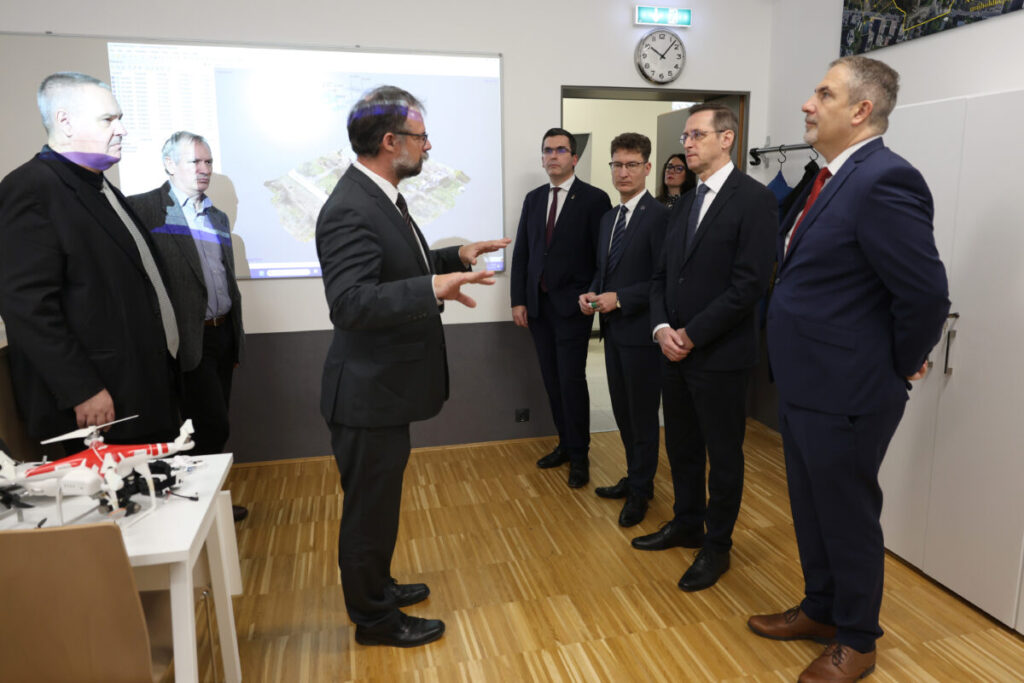
The Drone Lab is run by Prof. Dr. András Molnár. was presented by the Vice-Rector General. The lab, established to demonstrate drone technology, process, analyze and evaluate remote sensing data obtained through aerial photography, supports, among other things, the processes of precision agriculture, the survey of buildings in the construction industry, the creation of 3D models, and the assessment of the condition of built infrastructure. The main research directions will be the application possibilities of unmanned aerial vehicles, robotic aircraft, precision agriculture, and autonomous systems.
The Robot Lab It is suitable for receiving student and research groups of 10-12 people – he explained Dr. Charles Szell. Their equipment allows them to get to know the equipment of several major industrial robot manufacturers, perform software and hardware testing, and provide the opportunity to implement machine vision tests, human-machine communication, complex automation and robot safety projects. The main research areas will be machine vision, robot and camera integration, robot safety technology, complex robot task performance, and complex programming.
Future Industry Science and Innovation Park – Zsámbék
The exceptionally high-quality professional work at the university is coupled with a highly developed infrastructure, which means there is a good chance that the Óbuda University community will move up a level. Laboratory developments also contribute to students receiving an even higher level of training, he stated. Zoltán Marczinko, Deputy Secretary of State for Economic Analysis and Priority Support Programs at the Ministry of Finance, at the handover of the first phase of the Zsámbék development on November 22.
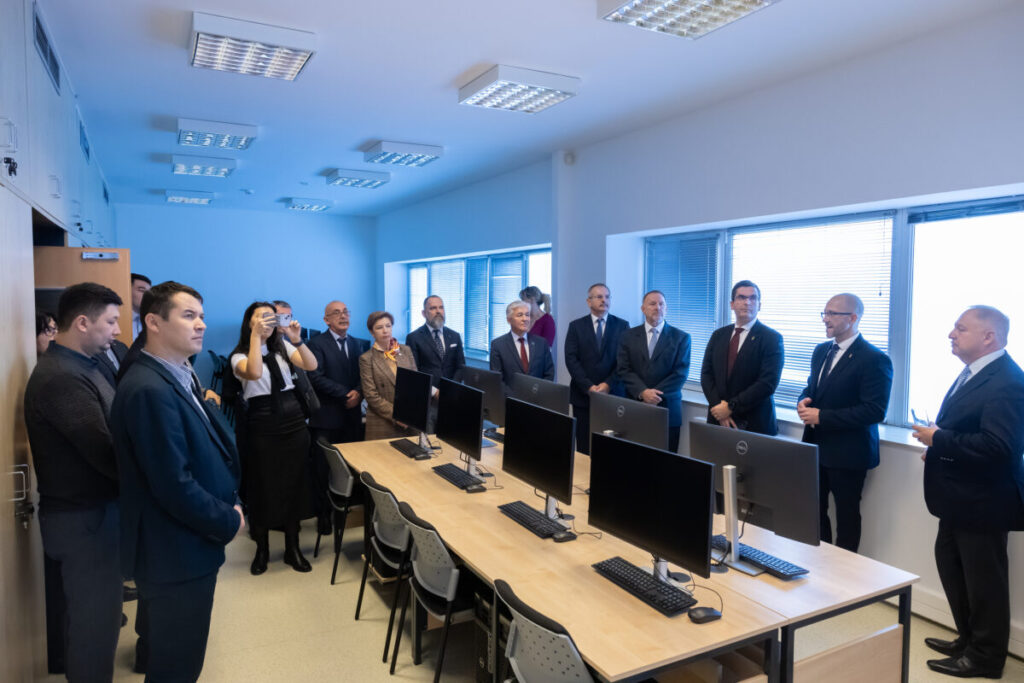
The labs' priority areas include cybersecurity, energy communities, AR/VR/XR, healthcare and space technologies, as well as artificial intelligence and smart architecture, he said. Dr. György Eigner, the dean of the Neumann János Faculty of Informatics, responsible for the professional work of the Zsámbék investment. The Zsámbék Science Park focuses on building a portfolio of businesses that utilize its own ecosystem, integrating elements of the Óbuda University innovation ecosystem. The RDI and educational infrastructure to be transferred focuses on market needs and those partner companies that have committed to participating in the Park.
During the program, the Cybersecurity Infrastructure was introduced, including the Cybersecurity Training Center (cyber range pilot infrastructure) and the Cybersecurity Operations Center (Security Operation Center pilot infrastructure). Dr. Rita Fleiner presented its self-developed, artificial intelligence-based, IoT-based energy community platform. Also on this day, the AR/VR/XR pilot research and development laboratory was inaugurated, which primarily serves research and development purposes and has excellent prototyping capabilities.
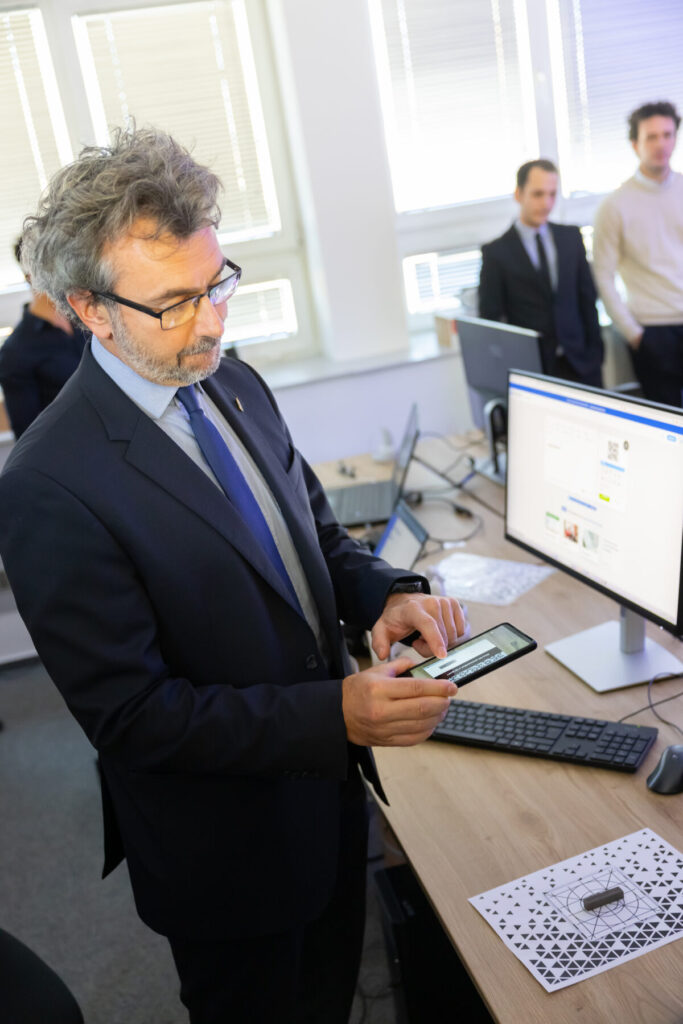
Prof. Dr. Imre Felde presented the HoloLens2 development results, Miklos Vincze presented the virtual possibilities of pathological examinations, Eric Noboa and PlatyOUs held a VR presentation.
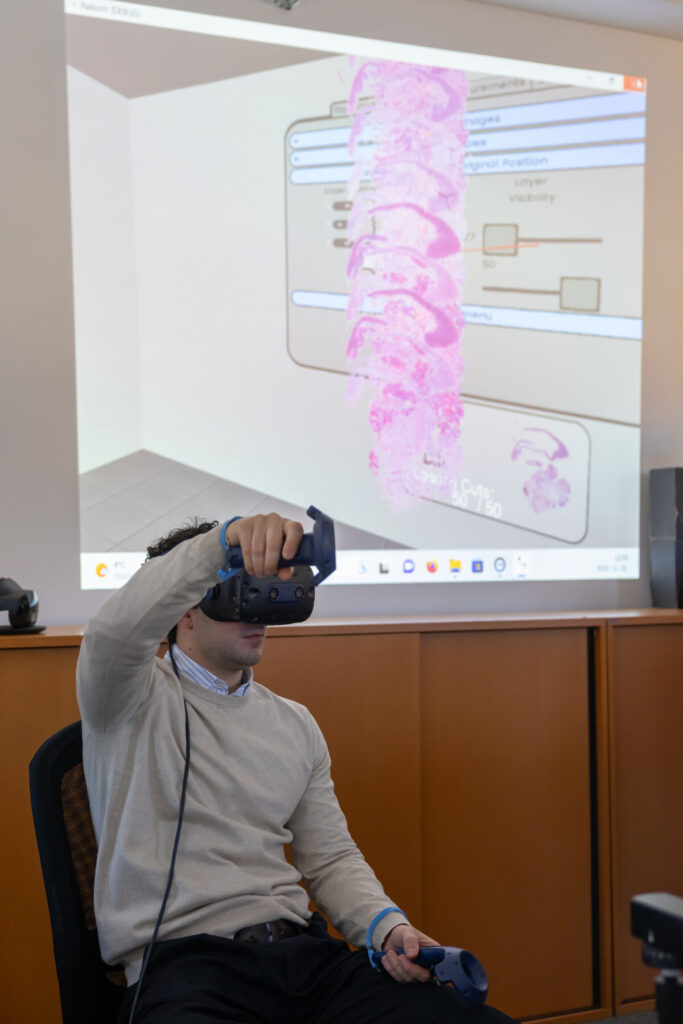
Smart Industry Science Industrial Park – Kaposvár
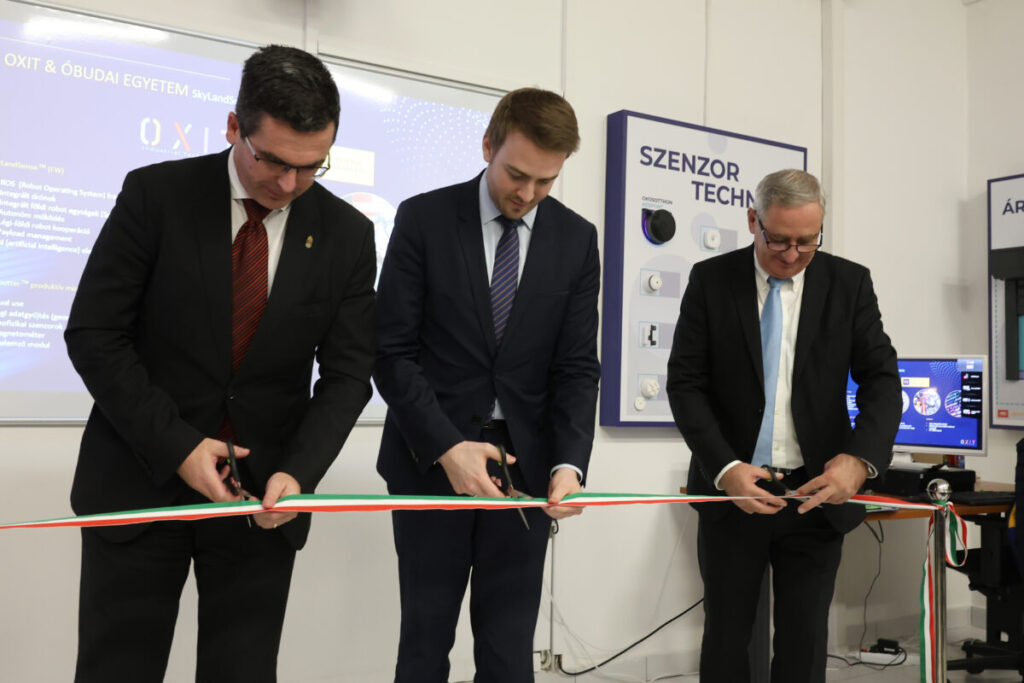
The visitor center and showroom, which was handed over as the first phase of the Kaposvár developments, presents the IoT devices and applications of the SMART HOME system, and aims to promote technical training for students, raise awareness, and stimulate their attraction to the scientific (STEM) field, and to conduct research, safety, individual or group testing of SMART solutions with an open laboratory concept, application testing of unique technologies, and learning about mobile robot technologies.
Prof. Dr. Zoltán Rajnai, Dean of the Faculty of Security Engineering, Donát Bánki, explained: by establishing the Óbuda University Smart Industry Science and Innovation Park centers in Kaposvár and Budapest, the university's primary goal is to create smart industry research and development and innovation synergies that combine interdisciplinary areas with an Industry 4.0 focus and are capable of solving joint research and development and innovation tasks with industrial partners in both regions. Within this framework, it has set investments ensuring the research and development of civil protection technologies and the installation of unique opportunities as a priority. KTIP focuses on innovative applied scientific research whose innovation effects extend to environmental protection, smart architecture, electrical engineering and materials science research, as well as to increasing the labor market position of the Somogy region, as well as to boosting the economy and strengthening the defense industry. KTIP, with its hierarchical operation and collaboration of the Budapest campus, collaborates with industrial companies implementing research tasks in Kaposvár through a virtualized laboratory and simulation environment, with which it develops a unique "smart manufacturing" construction.
Laszlo Bodis, Deputy Secretary of State for Innovation, said: the government is placing cooperation between universities and companies in the focus of Hungarian innovation policy. Only 11 percent of companies engaged in innovation cooperate with higher education institutions. universities. The goal is to increase this indicator by at least 25 percent by 2030. Science Parks can be excellent spaces for cooperation, and innovations resulting from cooperation will be an advantage for all actors of the triple helix model, thus for the state, universities and companies. Revenues from innovations increase the amount of resources that can be returned to education and research. Innovation and knowledge play a decisive role in our global competitiveness, and economic and social results serve the well-being of Hungarian society. We remain committed to the development of Science Parks.
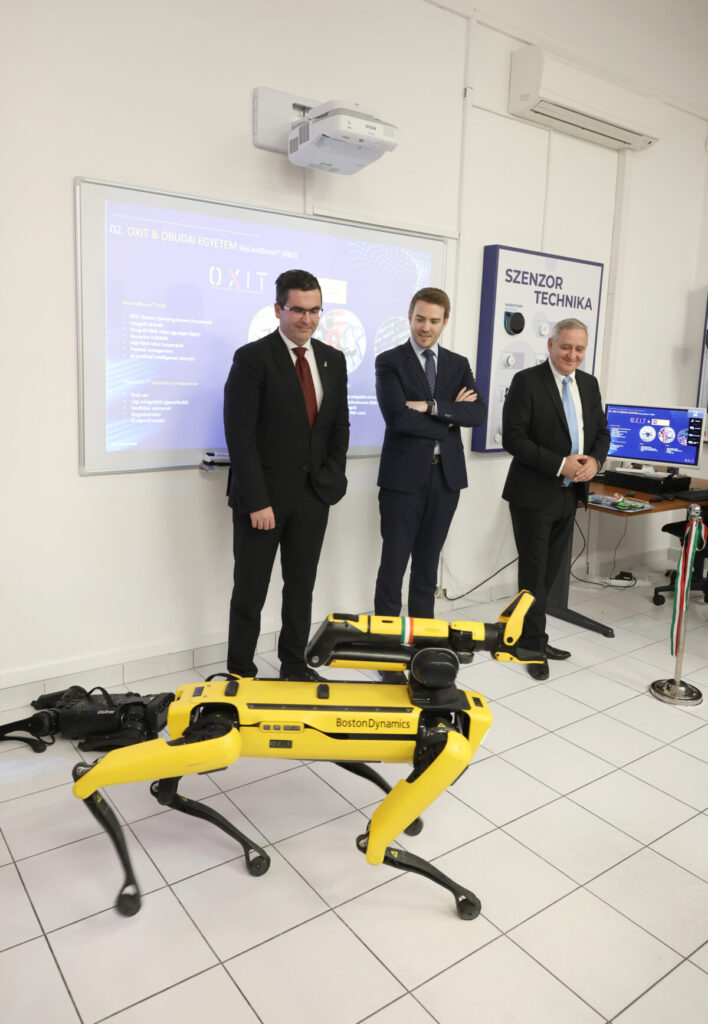
Prof. Dr. Zoltán Rajnai then presented the drone-mobile robot cooperation development project. As a result of the research and development, he also presented the ammunition and explosives detection method developed with the cooperation of drones and mobile robots that can easily move in the field, supported by data visualization methods. During the presentation of the Smart Home lab, Gergely Kálmán said.
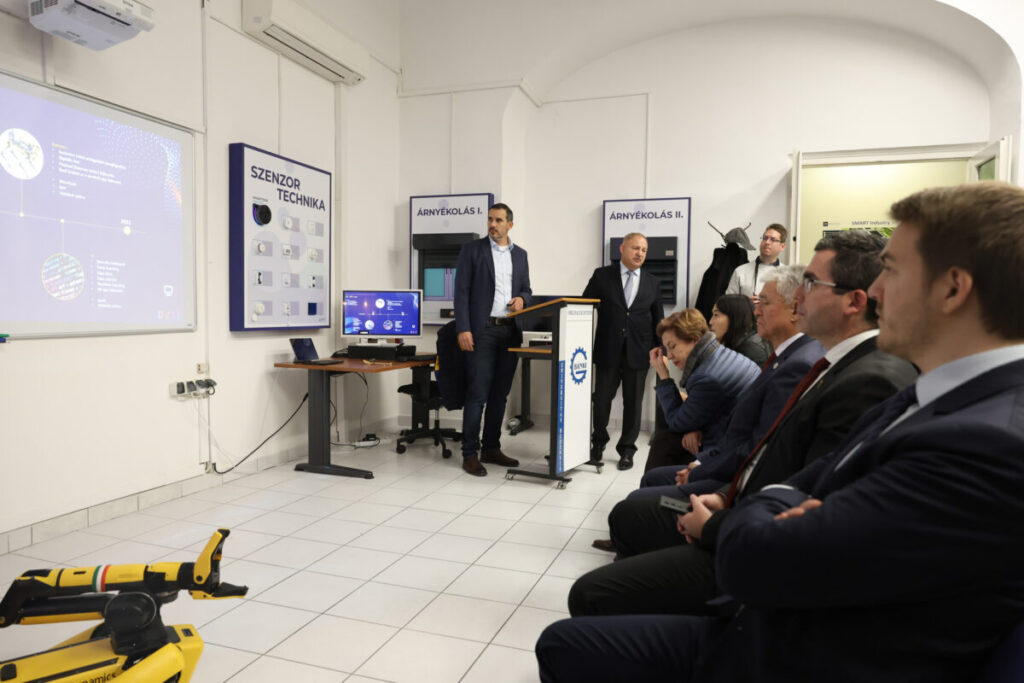
Tamas Eszes, an employee of OX-IT Ltd., explained the details of the patient monitoring system development.
The visitor center also serves as a venue for presentations and professional events. The presentation and exhibition space is also a development laboratory, where development programs are carried out with the involvement of industrial partners. The presentation of socialization, industrial and manufacturing processes is important for the cooperation to be established and for maintaining public interest. The visitor center also functions as an open laboratory, waiting for the interest of public and industrial partners, making its capabilities and capacities available to support individual interested parties, as well as companies and enterprises interested in the Industry 4.0 system, in the development and implementation of digitalization strategies.
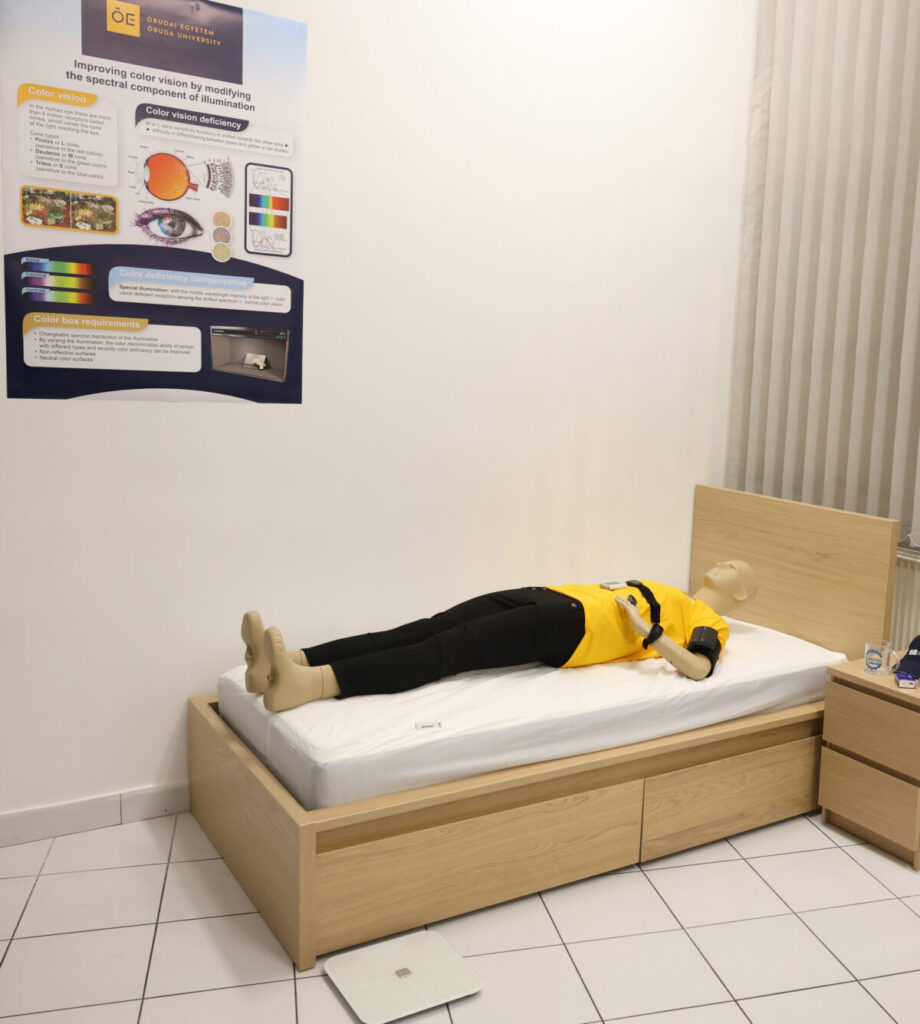
In the visitor area, modern SMART HOME devices, spectacular robotic technologies, patient monitoring systems, and equipment suitable for testing color blindness help visitors navigate modern technologies, he said. Dr. habil. Laufer Edit.
